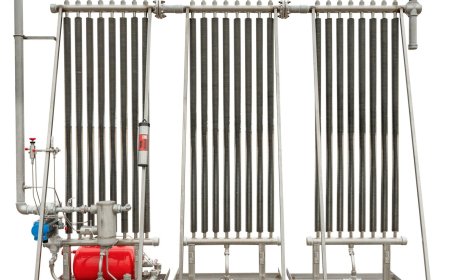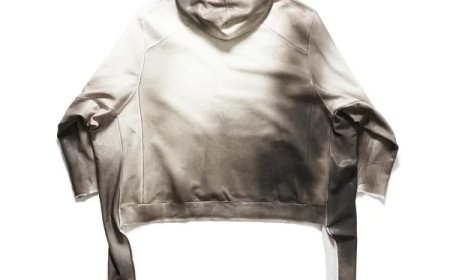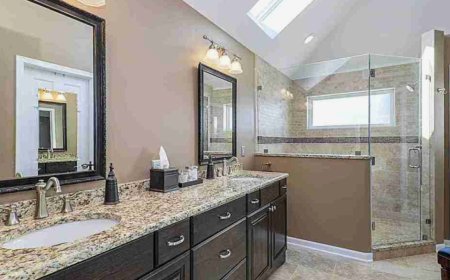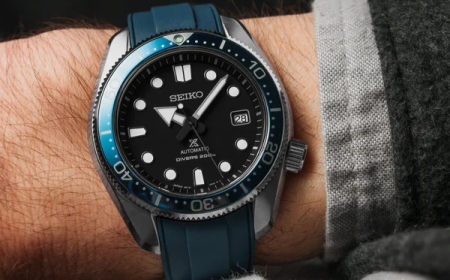Do LED Strip Lights Increase Electricity Bills? (Power Consumption Explained)
LED strip lights are an energy-efficient choice that won't spike electricity bills. Discover how their power consumption compares and tips to minimize costs.

In the quest for energy efficiency and aesthetic appeal, LED strip lights have emerged as a popular choice for homeowners and businesses alike. These versatile lighting solutions can transform any space, but many people wonder about their impact on electricity bills. Do LED strip lights increase electricity costs significantly, or are they an energy-efficient alternative? In this article, we'll delve into the power consumption of LED strip lights and provide insights into their energy usage.
LED strip lights are flexible circuit boards populated with light-emitting diodes (LEDs). They are designed to be mounted on walls, ceilings, or any other surfaces to provide ambient or task lighting. Available in various colors and brightness levels, they can be used for decorative purposes or as functional lighting solutions.
TypesofLEDStripLights
LED strip lights come in a variety of types, each with different power consumption characteristics:
- SingleColorLEDStrips:Theseemitonecolorandarecommonlyusedforaccentlighting.
- RGBLEDStrips:Thesecanchangecolorsandareoftenusedindecorativeapplications.
- RGBW LED Strips: These include a separate white LED for better color mixing and are used where both colored and white light are needed.
LEDPowerUsage :TheBasics
The electricity consumption of LED strip lights depends on several factors, including the type of LEDs used, the length of the strip, and the brightness setting. Here's a basic breakdown of how LED strip lights use power:
Wattage and Lumens
- Wattage: This refers to the amount of electrical power the strip light consumes. LED strip lights typically have a wattage rating that indicates their power usage per meter. For example, a strip light may consume 4.8 watts per meter.
- Lumens: This measures the amount of light output. Higher lumens indicate brighter light. While more lumens generally mean more wattage, LED technology allows for high lumens with relatively low wattage.
Calculating Power Consumption
To estimate the power consumption of LED strip lights, you can use the following formula:
[ \text{Total Power Consumption (Watts)} = \text{Length of Strip (Meters)} \times \text{Wattage per Meter (Watts)} ]
For instance, if you have a 5-meter LED strip light with a wattage of 4.8 watts per meter, the total power consumption would be:
[ 5 , \text{meters} \times 4.8 , \text{watts/meter} = 24 , \text{watts} ]
Do LED Strip Lights Increase Electricity Bills?
One of the primary advantages of LED strip lights is their energy efficiency. Compared to traditional incandescent or halogen lights, LEDs consume significantly less power while providing similar or even greater brightness. Let's explore why LED strip lights are considered energy-efficient:
Energy Efficiency of LEDs
LEDs are known for their high energy efficiency, which results from their ability to convert a higher percentage of electricity into light, with minimal heat loss. This efficiency translates into lower energy consumption and reduced electricity bills.
Comparing LED Strip Lights with Other Lighting Options
- Incandescent Bulbs: These are highly inefficient, converting only about 10% of electricity into light and wasting the rest as heat. They consume significantly more power compared to LEDs.
- CFLs (Compact Fluorescent Lamps): While more efficient than incandescent bulbs, CFLs still fall short of the energy efficiency offered by LEDs.
- LEDs: These are the most energy-efficient lighting option available, using up to 80% less energy than incandescent bulbs and up to 20% less than CFLs.
PracticalScenarios:LEDPowerUsage inRealLife
Toprovideaclearerpictureof
Scenario1:AccentLightinginaLivingRoom
A homeowner installs 10 meters of LED strip lights in their living room for accent lighting. The strips consume 4.8 watts per meter. The total power consumption would be:
[ 10 , \text{meters} \times 4.8 , \text{watts/meter} = 48 , \text{watts} ]
If these lights are used for 4 hours daily, the monthly electricity consumption would be:
[ 48 , \text{watts} \times 4 , \text{hours/day} \times 30 , \text{days} = 5,760 , \text{watt-hours} = 5.76 , \text{kWh} ]
Considering an average electricity cost of $0.12 per kWh, the monthly cost would be:
[ 5.76 , \text{kWh} \times $0.12/\text{kWh} = $0.69 ]
Scenario 2: Outdoor Patio Lighting
A restaurant installs 20 meters of RGB LED strip lights on its outdoor patio. These strips consume 7.2 watts per meter. Total power consumption is:
[ 20 , \text{meters} \times 7.2 , \text{watts/meter} = 144 , \text{watts} ]
Used for 6 hours daily, the monthly consumption is:
[ 144 , \text{watts} \times 6 , \text{hours/day} \times 30 , \text{days} = 25,920 , \text{watt-hours} = 25.92 , \text{kWh} ]
With the same electricity cost, the monthly cost is:
[ 25.92 , \text{kWh} \times $0.12/\text{kWh} = $3.11 ]
TipstoMinimizeLEDPowerUsage
Tofurtherreduceelectricitycosts,considerthefollowingtips:
- UseDimmerSwitches:Adjustingbrightnesscansaveenergy.
- ChoosetheRightBrightness:Usestripswithappropriatelumensforyourneeds.
- Turn Off When Not Needed: Avoid leaving lights on unnecessarily.
LED strip lights are a highly energy-efficient lighting solution that can enhance any space without significantly increasing electricity bills. By understanding their power consumption and implementing energy-saving practices, you can enjoy the benefits of LED lighting while keeping costs low. For those looking to purchase high-quality LED strip lights, BestLEDz is a recommended lighting distributor that offers a wide range of options to suit your needs. LED technology continues to evolve, offering even greater efficiency and versatility. Whether you're using them for ambiance, task lighting, or decorative purposes, LED strip lights from BestLEDz are a smart choice for energy-conscious consumers.
























































